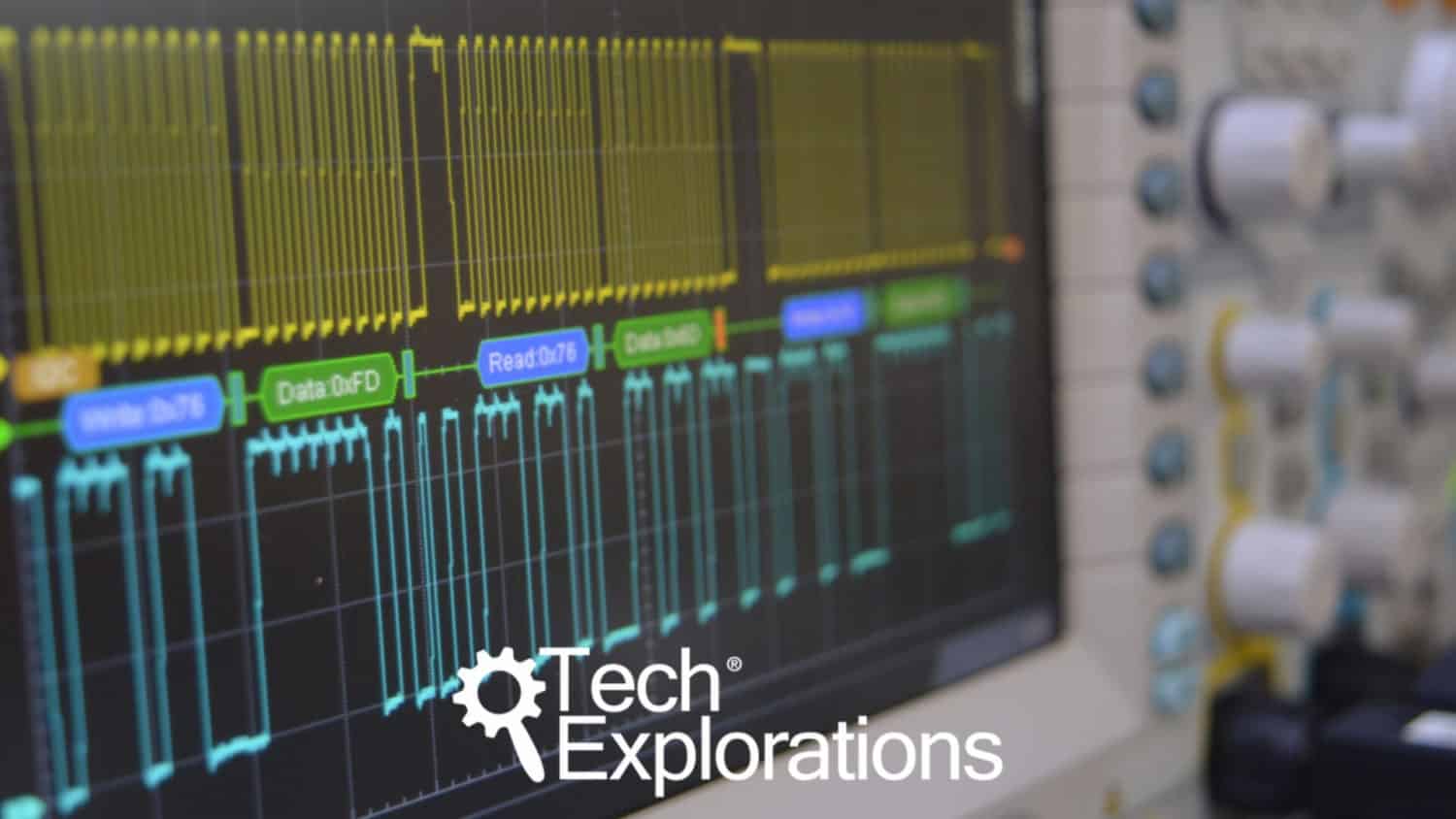Oscilloscopes are incredible: They can capture, display, and analyse an electrical input signal. They can automatically produce all kinds of measurements, like the period, rise time, width, duty cycle, max and min voltages, and lots more, and even decode communications protocols like RS232, and I2C.
This course will teach you how to use an oscilloscope, one of the most important test instruments.
This course has a dedicated forum. Use the forum to have a discussion about any topic relevant to oscilloscopes.
For a list of hardware (including the oscilloscopes I use in this course) please click on the Materials tab (above).
If you have questions specific to the content of the course, it’s best to use the Q&A tool, available in each lecture page.
Get the source code, schematic diagrams and slides from the course repository.
For a list of hardware components and oscilloscopes, please check the Hardware page (opens in a new tab).
In this course, I use a:
- Benchtop o’scope: Rigol DS2072A, 2 channels, 70MHz
- USB o’scope: Loto Instruments OSCA02, 2 channes, 35MHz with hardware trigger



